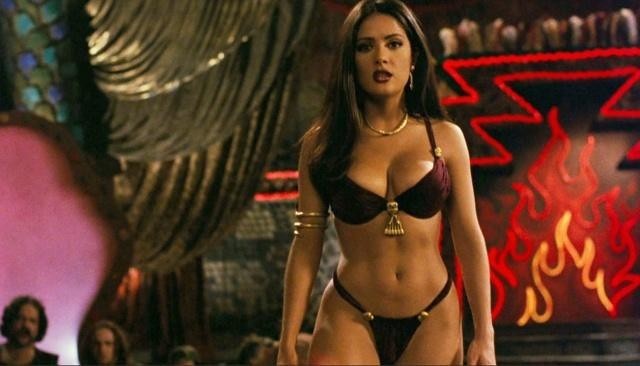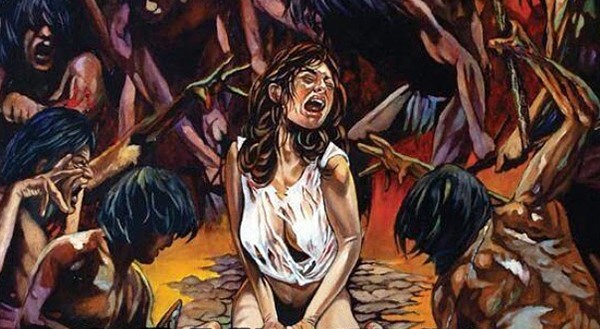M, Eine Stadt sucht einen Mörder, 1931.
Directed by Fritz Lang.
Starring Peter Lorre and Otto Wernicke.
SYNOPSIS:
In early 1930s Berlin a child killer is on the loose. The police and the local gangsters both independently vow to track him down.
Despite being quite a prolific director, Fritz Lang is a name associated primarily with two films: silent science fiction epic Metropolis and his first sound film M.
M is every bit as stunning as its formidable reputation would have you believe. From the expressive lighting and cinematography to its absorbing narrative and an engagement with German politics of the time, everything about M is top class.
When a number of children go missing in early 1930s Berlin the city begins to panic, suspecting a serial murderer of children. Soon everyone starts to suspect their neighbours and police are aggressively rounding up all the criminals they can. Berlin’s gangsters aren’t happy at these actions – increased police interference is bad for business – so they set out to track down the killer themselves.
There are a couple of interesting things going on here. Firstly, the rounding up of anyone deemed vaguely criminal (read: Jewish) and a culture of spying and snitching on neighbours eerily foreshadowed Hitler’s rise to power which began just a year after the film’s release. Fritz Lang himself became a victim of Hitler’s regime initially with The Testament of Dr. Mabuse being banned in 1933 as an ‘incitement to public disorder’ and then his later emigration to the USA owing to his part Jewish roots. It is genuinely fascinating to see a film offering snapshot of Germany just before these catastrophic events, and the dark moody tone of M is foreboding.
Aside from the unique political context there are a lot of other things to like about M. In terms of filmmaking, particularly considering the relative newness of sound, it’s genuinely brilliant. As an early sound film it uses dialogue in interesting ways. Much of the story is still told visually through physical acting or through text on the screen (letters and posters are frequently given lingering shots), and large chunks, particularly the more action oriented scenes, are shot absolutely silently. But when dialogue is used it’s fantastic. There’s a rhythm to the delivery and a sense of poetry to the script. Dialogue is used when the intricacies of the story can’t be explained visually, or when it adds something significant to the experience.
There’s an absolutely stunning feat or writing and editing when the two groups – the police and the gangsters – are both simultaneously having meetings to decide how best to tackle the killer. Cross cutting between the supposed heroes and the villains, it shows the similarities and differences between the two sides, emphasising their distinct approaches. Where the police are bogged down in bureaucracy and authority, the criminals use their street smarts and their contacts to formulate a better plan – get every beggar on every street corner to watch for clues to the identity of the killer. Everything is handled so well by Lang that these simple scenes of discussion turn out to be thrilling.
M often takes a lot of credit for influencing the style of American film noirs that were to come around a decade later and it’s plain to see why. M is a dark film and the look of it reflects this perfectly: the cinematography is exquisite, combining expressive framing with striking shadows. This style both looks great and fits well with stories of shady detectives and underworld criminals so it was easily applied to Hollywood films of similar subject matter.
Sadly today there is no complete version of M available – at 109 minutes the most current restoration runs 11 minutes shorter that Lang’s original cut (although 109 minutes is certainly an improvement on the 96 minutes that is stored by the German Federal Film Archive). The film works perfectly well in its shorter format, but it leaves you wondering what was missed out. It also ends quite abruptly, which may not have been the case originally.
M should be celebrated as a superb piece of cinema that is just a satisfying artistically as it is entertaining. It might be 81 years old but it certainly doesn’t show its age.
Arnold Stone blogs at spaceshipbroken.com and can also be found on Twitter.











